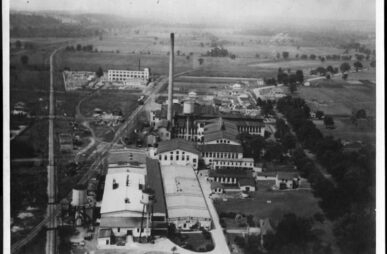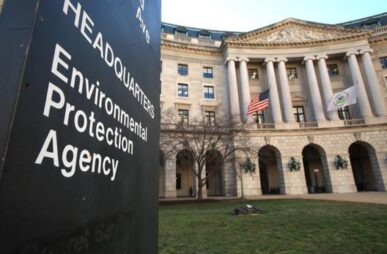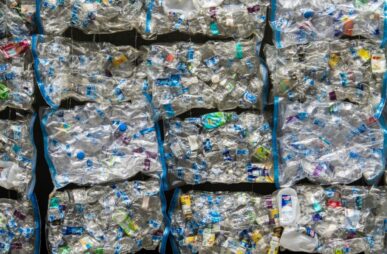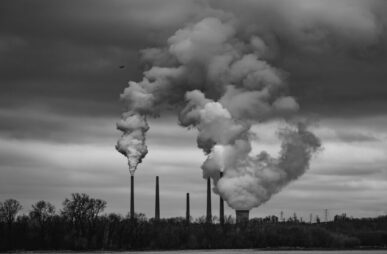Even long after close of polluting paper mill, study finds area residents with high levels of toxins in their blood
By Carey Gillam
Residents of a Michigan community whose drinking water was polluted with toxic chemicals from a long-shuttered paper mill continue to have high levels of the compounds in their bodies, even years after the community switched to alternate water supplies, according to a new study.









